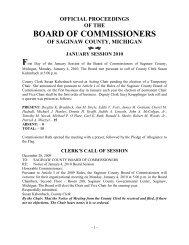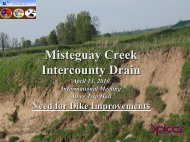Chapter 5 Urban Area Travel Demand Model - Saginaw County
Chapter 5 Urban Area Travel Demand Model - Saginaw County
Chapter 5 Urban Area Travel Demand Model - Saginaw County
You also want an ePaper? Increase the reach of your titles
YUMPU automatically turns print PDFs into web optimized ePapers that Google loves.
The traffic assignment process takes the trips produced in a zone (trip<br />
generation) and distributed to other zones (trip distribution) and loads them<br />
onto the network via the centroid connectors. A program examines all of the<br />
possible paths from each zone to all other zones and calculates all reasonable<br />
time paths from each zone (centroid) to all other zones. Trips are assigned to<br />
paths that are the shortest path between each combination of zones. As the<br />
volumes assigned to links approach capacity, travel times on all paths are<br />
recalculated to reflect the congestion and the remaining trips are assigned to the<br />
next shortest path. This process continues through several iterations until no trip<br />
can reduce its travel time by taking the next shortest path. This is a user<br />
equilibrium assignment method and reflects the alternative routes that motorists<br />
use as the shortest path becomes congested. The assignment produces an<br />
assigned volume for each link.<br />
The transit assignment is a daily assignment and uses the transit network route<br />
system to assign the shortest path for trips.<br />
<strong>Model</strong> Calibration/Validation<br />
The outputs of each of the four main steps, Trip Generation, Trip distribution,<br />
Mode Choice and Assignment, are checked for reasonableness against national<br />
standards. Modifications can be made at each step before moving on to the next.<br />
The final model calibration/validation verifies that the assigned volumes<br />
simulate actual traffic counts on the street system. When significant differences<br />
occur, additional analysis is conducted to determine the reason. At this time<br />
additional modifications may be made to the network speeds and configurations<br />
(hence paths), trip generation (special generators), trip distribution (F factors),<br />
socio-economic data, or traffic counts.<br />
The purpose of this model calibration phase is to verify that the base year<br />
assigned volumes from the traffic assignment model simulate actual base year<br />
traffic counts. When this step is completed, the systems model is considered<br />
statistically acceptable. This means that future socio-economic data or future<br />
network capacity changes can be substituted for base (existing) data. The trip<br />
generation, trip distribution, mode choice and traffic assignment steps can be<br />
repeated, and future trips can be estimated for systems analysis. It is assumed<br />
that the quantifiable relationships modeled in the base year will remain<br />
reasonably stable over time.<br />
Applications of the Calibrated/Validated <strong>Model</strong><br />
Forecasted travel is produced by substituting forecasted socio-economic and<br />
transportation system data for the base year data. This forecasted data is<br />
SMATS 2040 MTP 5-8


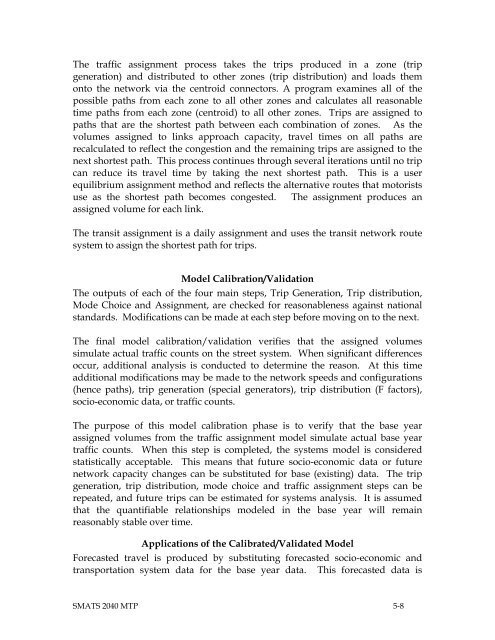
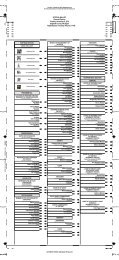
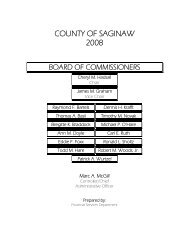

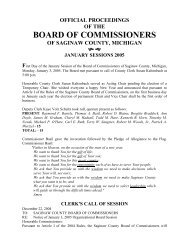
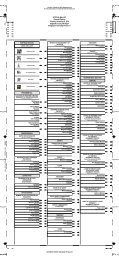

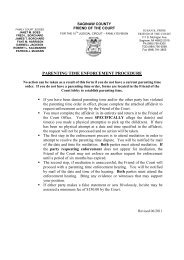
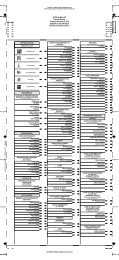

![[ Of Commissioners] - Saginaw County](https://img.yumpu.com/25951211/1/190x245/-of-commissioners-saginaw-county.jpg?quality=85)


